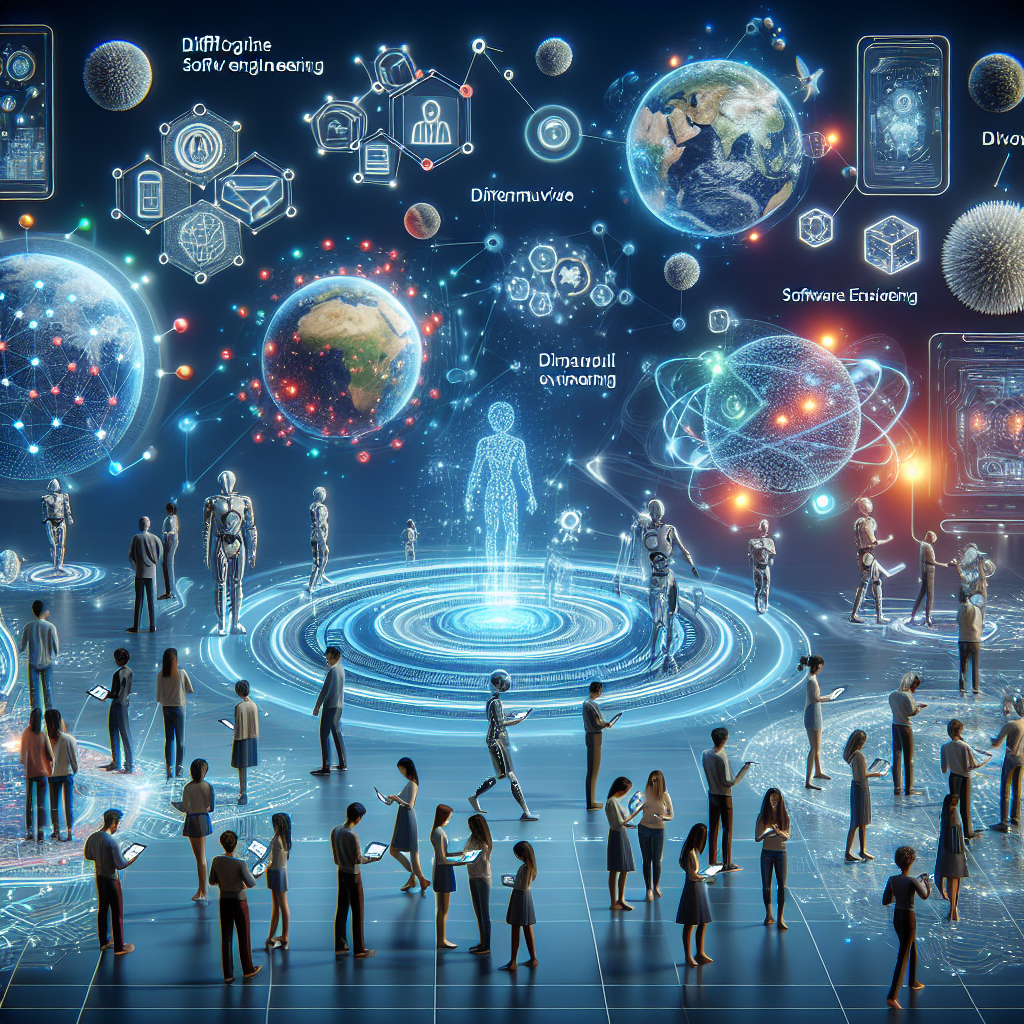In today’s rapidly evolving technological landscape, the importance of AI-driven software engineering teams cannot be overstated. As organizations strive to stay ahead of the curve and remain competitive in the marketplace, integrating artificial intelligence into their software development processes has become a crucial aspect of their operations. This not only helps in streamlining workflows and improving efficiency but also enables companies to leverage the power of machine learning and automation to solve complex problems.
Designing AI-driven software engineering teams requires a strategic approach that takes into account various factors such as the specific needs of the organization, the skillsets of the team members, and the goals of the project. Omer Ansari, a seasoned software engineer with extensive experience in AI development, offers valuable insights into how companies can build successful teams that can harness the power of artificial intelligence to their advantage.
According to Ansari, one of the key considerations when designing AI-driven software engineering teams is ensuring that the team members possess the necessary technical expertise to work with AI technologies. This includes having a solid understanding of machine learning algorithms, data analysis techniques, and programming languages such as Python and R. Additionally, team members should also be well-versed in software engineering best practices and have experience in developing scalable and robust applications.
In addition to technical skills, Ansari emphasizes the importance of fostering a collaborative and interdisciplinary work environment within the team. This involves encouraging open communication, sharing knowledge and insights, and promoting a culture of continuous learning and improvement. By bringing together individuals with diverse backgrounds and skillsets, organizations can create a dynamic and innovative team that is capable of tackling complex AI projects.
Another crucial aspect of designing AI-driven software engineering teams, according to Ansari, is providing the team members with access to cutting-edge tools and technologies that can facilitate their work. This includes investing in AI development platforms, cloud computing resources, and data analytics tools that can help streamline the development process and improve the accuracy and efficiency of AI models. By equipping the team with the right resources, organizations can empower them to deliver high-quality solutions that meet the needs of the business.
Furthermore, Ansari emphasizes the importance of establishing clear goals and objectives for AI projects and ensuring that the team members are aligned with the overall strategic vision of the organization. By defining the scope of the project, setting milestones and timelines, and regularly monitoring progress, organizations can keep their AI-driven software engineering teams on track and ensure that they are delivering results that align with business priorities.
In conclusion, designing AI-driven software engineering teams requires a multi-faceted approach that takes into account technical expertise, collaboration, access to tools and resources, and clear goals and objectives. By following the insights and recommendations provided by Omer Ansari, organizations can build successful teams that are well-equipped to leverage the power of artificial intelligence and drive innovation in the software development process. With the right team in place, companies can stay ahead of the competition and achieve sustainable growth in today’s rapidly changing digital landscape.

